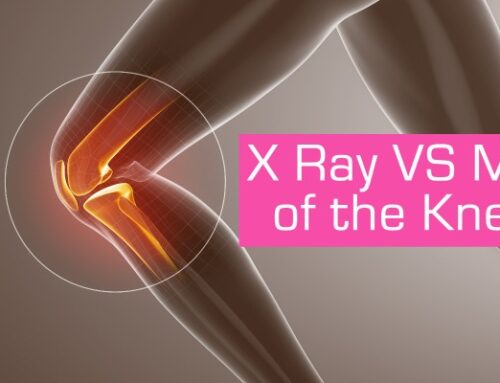Let’s be real, crunches are not the best core or abdominal exercise and in fact much of the population should be avoiding crunches whether it is due to a previous injury to low back, cervical discomfort or poor posture. BUT if you’re going to do them, you might as well do them right. Follow these tips for the best possible outcome during your next crunch routine.
They’re called AB crunches not NECK crunches.
Rule #1 maintain space between your chin and chest. Based on the length of your neck it would be maintaining an open space as if you were holding on to an apple or an orange under your neck. This is to avoid undesirable force to your cervical spine. Natural curvature goes up and out as if you were looking up, you want to maintain natural alignment while your neck is working to hold up your head which is a constant resistance of about 10 lbs.
You’ll look like a dying fish you go too fast.
Rule #2 Movement should be smooth and controlled, not forceful, not jerking, with fluid top and bottom contraction. There’s nothing worse than jerking the body into a place it doesn’t want to be. If you think or desire your range of motion to increase, do it gradually and safely, the slower the better, the more time under tension, the more workload to the muscles you’re choosing to target. Win-win-win!! This will do wonders to avoid injury to the cervical, thoracic and lumbar spine. You only get one of each, keep them safe.
Did you grow wings from your head?
Rule #3 You know you’ve seen it. Abdominal exercises with these arms that have run a little wild and free, losing technique and putting the body at risk. Hands which are in contact with your neck which are connected to elbows that are moving about haphazardly are moving your neck haphazardly. Proper technique includes finger tips behind the ears, elbows wide and STAY wide. This also adds about 5 lbs to your abdominal lift through your arms. We keep them wide to avoid using the neck as a lever in the lift, which happens when elbows are drawn in or pulled together.
Balance always wins.
Rule #4 Create balance by crossing legs with purpose. Most exercise from leg lifts to push ups are best practiced from a neutral position. There are times, like with certain degree leg lifts, that you can target certain muscles by crossing the legs. It’s ok to do this as long as its balanced. Cross right leg on top for the same number of reps as crossing the left leg on top. Noticing a difference in strength from side to side may unveil muscular imbalances to particular muscles or groups of muscles.
Snap crackle pop is not a good thing.
Rule #5 If something hurts stop.
How can you progress through a crunch?
Make sure you have proper core contraction first. If you go to lift your head and shoulders and you notice your stomach immediately stick out, its no good. Core engagement is essential to safety and results, check out our youtube channel for a video on how to properly activate the core.
No arms, no head lift, not even really a crunch but it will do you good! I start clients with lower body lifts before ever introducing crunches for the clients that want them. This practice insures that they have the strength within to perform the exercises safely. I may start with what I call a table top exercise. Laying on your back, 90 degrees at the knee and 90 degrees at the hip. There’s a lot of exercises that can be executed from this position to benefit the core and abdominal muscles.
Next, arms straight. Start crunches with the least amount of resistance so you can focus on the technique in the rules above.
Elbows wide, what is commonly thought of as a crunch.
Plank. Because its good for you 😉






Leave A Comment